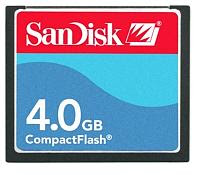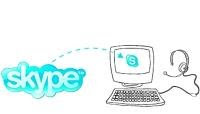Memory card crash course
Memory Card
SD, CF, MMC, xD...there is a confusing mix of memory cards out there. DARYL LIM makes sense of the alphabet soup
MMC (MultiMediaCard)
Invented by: Siemens AG and SanDisk in 1997.

Used in: Although the Secure Digital (SD) card has taken over in popularity, the MMC is still used by many devices from all areas of electronics, such as mobile phones and personal digital assistants (PDAs).
This may be because MMC cards can be used in many devices that use the SD card.
miniSD and microSD
Invented by: SanDisk; the miniSD in 2003 and microSD in 2005.

Used in: Various mobile phones and small electronic devices that prize a small size over storage space. Motorola's Razr series, for example, uses the microSD format (right).
Memory Stick and Memory Stick Duo
Invented by: Sony in 1998.

Used in: Sony's initial foray into flash memory is today found only on legacy Sony products such as the first generation of Clie PDAs. Superseded by newer Memory Stick versions.
Memory Stick Pro and Memory Stick Pro Duo

Invented by: Sony and SanDisk in 2003.
Used in: The Pro is used in older Sony electronics such as the Clie line of PDAs, but has been largely superseded by the PRO Duo.
The Pro Duo (right) is used in current Sony gizmos, such as the Cybershot digital cameras and PlayStation Portable (PSP).
It can also be found in some Sony Ericsson mobile phones.
SD (Secure Digital)

Invented by: Matsushita, SanDisk and Toshiba in 2000.
Used in: Almost every imaginable aspect of consumer electronics, largely due to its affordability - you can get a 1GB card for $30 or less.
SD cards are used in everything from digital cameras to music players.
Memory Stick Micro

Invented by: Sony and SanDisk in 2006.
Used in: Small gadgets such as Sony Ericsson mobile phones, where space
is at a premium but storage capacity is necessary. Also known as the M2.
xD (xD-Picture Card)
 Invented by: Olympus and Fujifilm in 2002.
Invented by: Olympus and Fujifilm in 2002.Used in: Just like Sony Memory Sticks, xD is a proprietary format used only in products from Olympus and Fujifilm. These include digital cameras and Olympus digital voice recorders.
The xD also comes in Type M and Type H versions. Type M cards featured increased space over the original xD cards at the expense of speed, while Type H cards focus on higher data rates.
CF (CompactFlash

Invented by: SanDisk in 1994.
Used in: Certain digital cameras, especially professional- or prosumer-level digital cameras, as CF cards are known for their industrial-strength reliability. There is also the CF2, or CompactFlash Type II, card. Examples of applications involving CF2 cards include microdrives from IBM, which fit a miniature hard drive into the card.
Labels: CompactFlash, memory card, Memory Stick, Memory Stick Duo, Memory Stick Micro Secure Digital, Memory Stick Pro, Memory Stick Pro Duo, micro sd, mini sd, mmc, MultiMediaCard, sd card, xD-Picture Card




